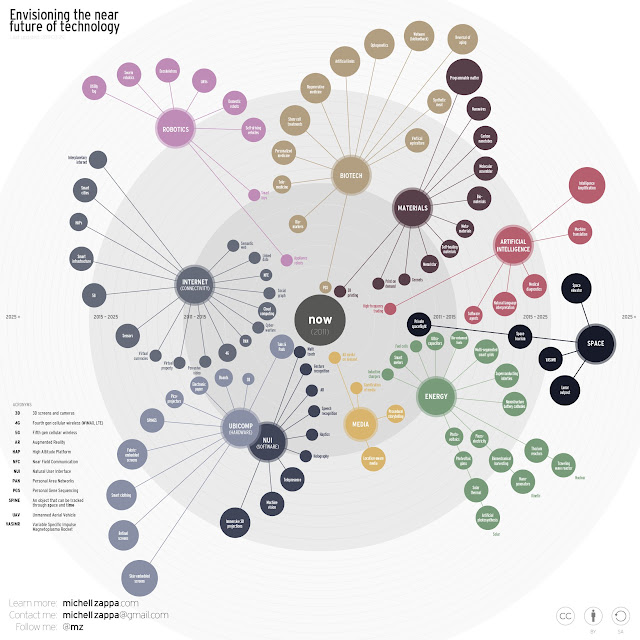Mobile Learning Challenge
If you are interested in mobile learning here's a challenge from IET colleague Prof Agnes Kukulska-Hulme - co-author of some of the material in mobile learning (Week 19 of H800 of the Masters in Open and Distance Education).
Search 'mobile', 'm-learning' or 'agnes' here for my notes from the last 18 months if you are interested in having a go?
Perhaps some of us could work together and give the winnings to an educational charity or towards producing an idea?
The International Association for Mobile Learning (IAMLearn, www.iamlearn.org), in collaboration with Epic (www.epic.co.uk), is proud to announce the Mobile Learning Challenge.
The Mobile Learning Challenge is searching for innovative and visionary solutions for learning using mobile technologies.
Practitioners, students, and young researchers are particularly encouraged to contribute their inspiring and visionary concepts. Specific technical skills are not required for participating!
Full details here: http://www.iamlearn.org/competition.php
The first prize
The winner of the Challenge will receive £1000 (one thousand GBP). The winning solution will be presented to the mLearn 2011 conference audience either by the winner (if present at the conference) or by the President of IAmLearn.
This prize is co-sponsored by IAmLearn and Epic.
The second prize
The runner-up will receive a prize of 5 years’ free membership of IAmLearn.
Deadline for Submissions is Wednesday, 14 September 2011 24:00 GMT.
Please circulate this news through your networks and forward to anyone you think might be interested. We hope there will be many exciting submissions.
Best wishes. Agnes
Agnes Kukulska-Hulme, President, International Association for Mobile Learning.


